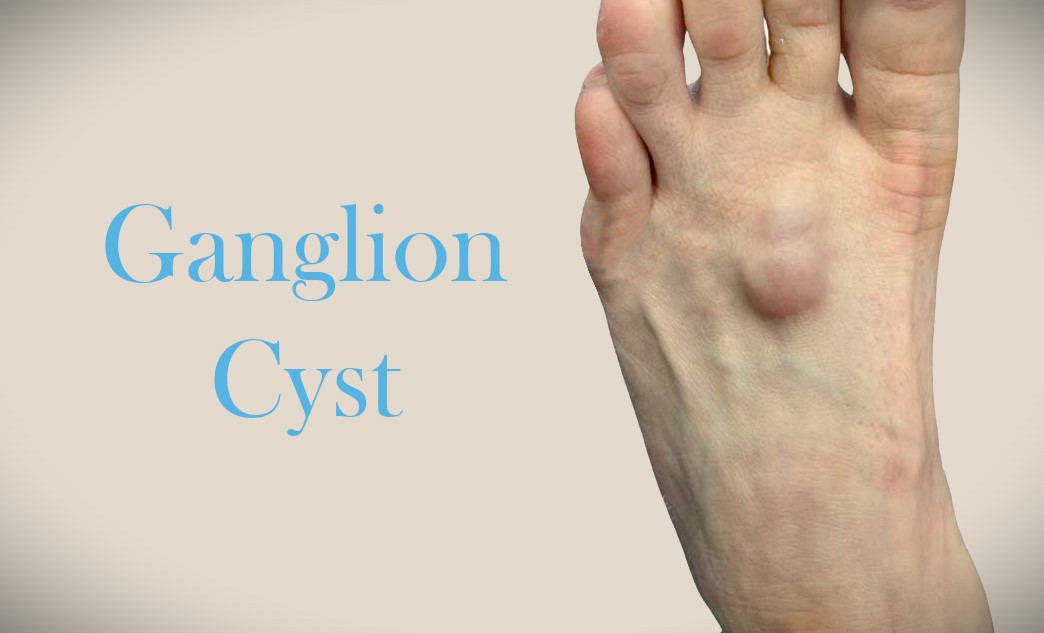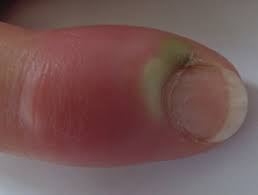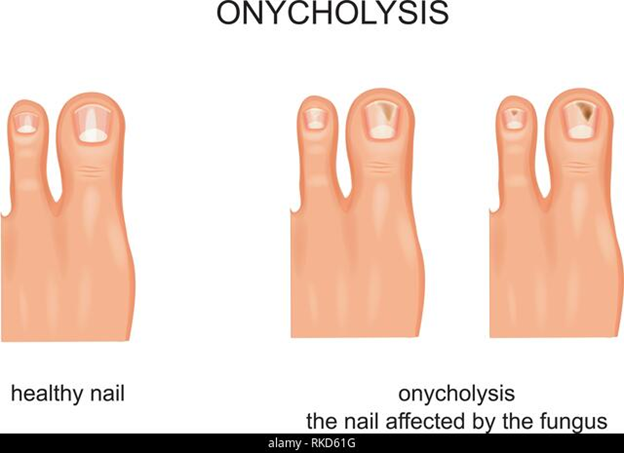What is Bursitis of the Foot?
Key Takeaways:
- Bursitis is a condition that occurs when existing or new bursae become inflamed, causing pain and swelling in the affected area.
- Bursitis can be caused by overuse or repetitive motions, direct trauma, infection, or an underlying medical condition such as rheumatoid arthritis.
- Bursitis can affect almost any body part, including the shoulders, elbows, hips, and knees, but foot bursitis is the most common type.
- Treatment for bursitis in the feet usually involves reducing inflammation, managing pain, and addressing the cause of the bursitis.
Bursitis is a common condition that affects many people in various parts of their body, including in the feet. It is a condition that causes pain, swelling, and discomfort in the affected area, making basic activities such as walking or standing difficult. In this blog, we’ll look at what bursitis is, what causes it, where it most commonly occurs in the feet, and the risk factors for this condition. We’ll also go over the symptoms, diagnosis, and treatment options available to you, as well as how to manage bursitis at home and how to avoid it.
What exactly is bursitis?
Bursitis is a condition that occurs when existing or, in some cases, new bursae (small fluid-filled sacs) form and become inflamed. Injury, overuse, or infection can all cause inflammation. When bursae become inflamed, it can cause pain and swelling in the affected area, making it difficult to walk and do the things you enjoy.
Bursitis can be caused by a number of factors, including overuse or repetitive motions, direct trauma to the affected area, infection, or an underlying medical condition such as rheumatoid arthritis. Among the more common causes of bursitis in the feet are:
- Incorrect walking mechanics.
- Inappropriate footwear, such as high heels.
- Calf muscle tightness causes us to spend more time on the balls of our feet.
- Activities that require a significant amount of walking and standing.
- Excessive pronation and supination.
Can it affect other parts of the body?
Bursitis can affect almost any body part, including the shoulders, elbows, hips, and knees.
The most common condition we treat at Hurst Podiatry is foot bursitis. The high volume of use that most people put their feet through makes them an easy target. This is because bursitis is essentially an overuse injury, and our feet are among the most overused parts of our bodies.
Foot pain can happen anywhere, including the heel, ball of the foot, and the big toe. It is possible that it will occur in the retrocalcaneal bursa, which is located at the back of the heel. This is most commonly caused by shoe irritation or pressure from a bony lump on the heel known as a Haglund’s deformity, which some people develop. Bursitis in the feet is most commonly found in the ball of the foot, where it can occur in the submetatarsal bursa, which is located between the metatarsal bones. Athletes and people over the age of 50 are more likely to develop this type of bursitis.
What are the risk factors for this condition?
According to estimates, bursitis affects approximately 2% of the general population. The following are the primary risk factors:
- Athletes and active individuals. People who engage in activities such as running or jumping that place repetitive stress on the feet.
- People with rheumatoid arthritis or gout are more likely to develop bursitis.
- Older people: Age is also a significant risk factor with bursitis due to the tendency for padding under the ball of our foot to shrink with age.
- Individuals who suffer from bunions. Bunions affect how our big toe joint functions, which often results in an overload of the rest of the forefoot, which frequently leads to bursitis.
- Individuals who put on high heels. High heels shift the body’s weight forwards onto the ball of the foot, increasing the likelihood of bursitis developing.
- Individuals with extremely high arches. High arches, also known as cavus feet, have less ground contact and are more rigid, making them poor shock absorbers. This frequently results in bursitis.
- Individuals who have extremely flat feet, on the other hand, frequently jam up their big toe joint, resulting in an overload of the rest of the ball.
What does Bursitis feel like?
Bursitis in the feet is characterised by pain, swelling, redness, and warmth in the affected area. You may also find it difficult to walk or stand on the affected foot. Foot bursitis is commonly described as a deep ache that feels like you’re walking on water or have water in your feet, which is caused by a buildup of fluid inside the foot.
How is it diagnosed?
A podiatrist can diagnose bursitis through a physical exam, which may include manipulating the affected area to reproduce symptoms. The goal of this exam is not only to diagnose bursitis but also to try to figure out why you have it in the first place so that the source can be addressed. It can also be diagnosed with imaging. For example, a simple ultrasound is usually sufficient.
When Should I Consult a Podiatrist?
If you have persistent foot pain or discomfort, you should see a podiatrist. It is one thing to be able to diagnose bursitis, but unless the underlying cause of the condition is identified and addressed, you will most likely have to live with the problem. Podiatrists are among the best-equipped health professionals to assess your feet and how they move, as well as work through all of the risk factors associated with the bursitis you’re experiencing.
Treatment Options – Can Bursitis Actually Be Cured?
Treatment for bursitis in the feet usually involves reducing inflammation, managing pain, and, crucially, addressing the cause of the bursitis. Depending on the severity of the condition, treatment options may include:
Laser therapy works fantastically on these types of superficial inflammatory conditions. You can read more about it in our previous blogs.
The affected area may need to be rested and immobilised to allow for healing.
Alternating between ice and heat therapy can help reduce inflammation and pain.
- Medications and ointments
Acetaminophen or nonsteroidal anti-inflammatory drugs (NSAIDs) may be prescribed to help manage pain and inflammation. Simple rub-in ointments, such as fisiocrem, can also be very beneficial.
- Injections of corticosteroids can be used to reduce inflammation and manage pain.
- Orthotic therapy for bursitis can help you manage flaws in your walking and foot shape while also reducing the pressure that is causing the bursitis.
Ways to make the condition manageable at home.
You can manage the symptoms of foot bursitis at home by doing the following:
- Avoid activities that aggravate your symptoms and elevate your feet to help reduce swelling.
- Apply ice or heat to the affected area to help reduce inflammation and pain.
- Wear supportive shoes: Shoes with arch support and cushioning can help relieve pressure on the affected area.
- Cushioning and padding can help reduce pressure and friction.
- Massage can be a very effective way to manage the pain and inflammation caused by bursitis, either by self-massage or by using a massage/spikey ball to help reduce symptoms.
While it is not always possible to prevent foot bursitis, there are several things you can do to lower your risk, including:
- Wearing shoes that fit properly and have good arch support and cushioning can help reduce foot pressure.
- By gradually increasing the intensity and duration of physical activity, you can lower your risk of developing bursitis.
- Orthotic therapy is recommended Because orthotics can alter the way you walk, eventually leading to bursitis, addressing this early can completely avoid the problem.
- Stretching and strengthening exercises can help improve flexibility and strength in the affected area, decreasing the likelihood of injury.
If you’ve previously had bursitis in your feet, you’re more likely to get it again. Foot bursitis can be excruciatingly painful and crippling. But it is treatable with proper diagnosis and treatment. Seeking professional help to manage your symptoms can lower the risk factors.
At Hurst Podiatry, our experienced podiatrists can help diagnose and treat your foot condition, giving you the relief you need to get back on your feet. Call us today for an appointment.




